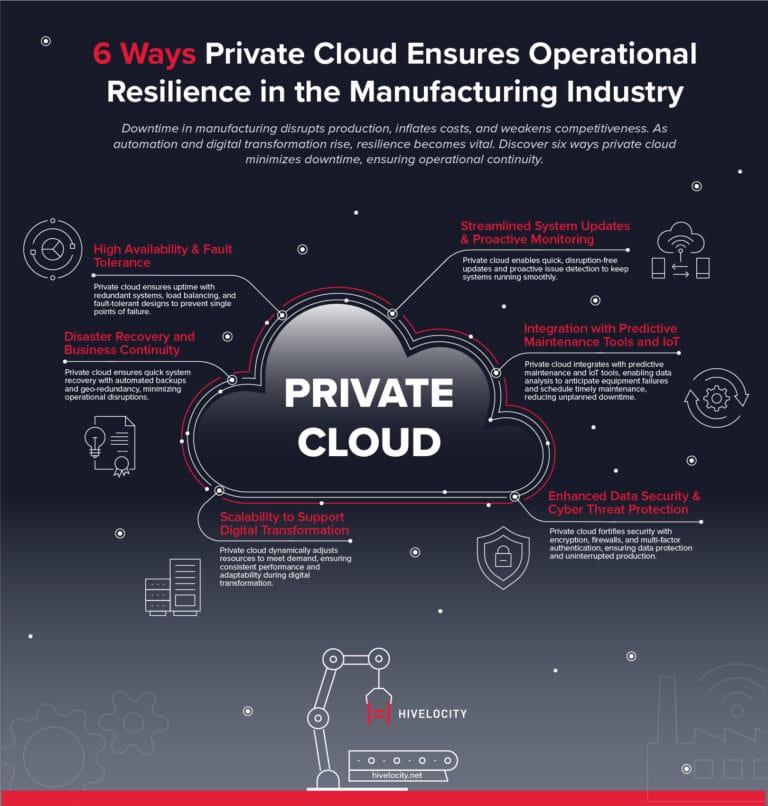
In today’s fast-paced digital landscape, small and medium-sized enterprises (SMEs) are constantly on the lookout for solutions that help them maintain a competitive edge. With data security and operational efficiency at the forefront of business strategies, cloud computing has become a key focus. However, the question remains: is an enterprise cloud a viable option for SMEs?
This blog will explore whether SMEs can afford and benefit from enterprise cloud infrastructures, evaluating aspects such as cost models, scalability, and the unique advantages an enterprise cloud offers.
What is an Enterprise Cloud?
Before diving into its feasibility for SMEs, it’s essential to understand what a enterprise cloud is. A enterprise cloud refers to a cloud computing environment that’s dedicated solely to one organization. Unlike public clouds, where resources are shared among multiple users, an enterprise cloud offers exclusive access, better security, and more control over the infrastructure.
Enterprise clouds can be hosted on-premises or by a third-party provider, giving businesses flexibility in managing resources. This type of cloud environment provides robust security, compliance, and performance benefits, often making it the go-to choice for enterprises dealing with sensitive data or strict regulatory requirements.
4 Benefits of Enterprise Cloud for SMEs
- Enhanced Security and Compliance:
-
- For SMEs that handle sensitive information, such as financial records, medical data, or proprietary technology, security is paramount. An enterprise cloud offers the ability to customize security protocols, implement advanced encryption, and maintain total control over data access.
- Many industries have strict regulatory requirements (e.g., GDPR, HIPAA) that mandate high levels of data privacy and security. An enterprise cloud allows SMEs to meet these obligations with greater ease, reducing the risk of compliance violations that could lead to fines or reputational damage.
2. Customization and Control
-
- A key advantage of an enterprise cloud is the ability to tailor the infrastructure to specific business needs. SMEs can configure their enterprise cloud to optimize performance, storage, and networking according to their unique workflows and applications. This is especially useful for businesses in sectors like manufacturing, healthcare, or IT services, where customized solutions can lead to increased efficiency and better service delivery.
3. Improved Performance and Reliability
-
- Enterprise cloud infrastructure often offers higher performance and reliability compared to public cloud alternatives. Since resources aren’t shared with other organizations, SMEs have greater control over network latency, bandwidth, and compute resources. This can result in faster data processing, quicker application responses, and less downtime—factors that are crucial for business continuity.
4. Flexibility in Deployment
-
- An enterprise cloud can be hosted on-premise or through third-party data centers. This flexibility allows SMEs to choose a deployment model that aligns with their business strategy. While on-premises enterprise clouds offer more control, hosting through a provider can reduce the burden of managing physical hardware and IT maintenance.
Cost Considerations for Enterprise Cloud Adoption by SMEs
One of the most significant concerns for SMEs when considering enterprise cloud infrastructure is cost. Let’s break down some cost factors:
Initial Investment:
- Unlike public clouds, which operate on a pay-as-you-go model, enterprise clouds require upfront investment in hardware, software, and IT expertise. Setting up an enterprise cloud in-house involves purchasing servers, storage devices, network equipment, and licenses for virtualization software.
- Alternatively, SMEs can opt for a enterprise cloud hosted by a third-party provider. While this reduces the need for significant capital expenditure, it still involves regular subscription or usage-based fees.
Data Storage and Backup Costs:
- The amount of data stored and the need for data redundancy or backup solutions add to the overall cost. SMEs must factor in both primary storage and any disaster recovery or backup services provided by the enterprise cloud vendor, especially if they require fast recovery times.
Compliance and Security Costs:
- Depending on the industry, SMEs may need to meet specific regulatory requirements (e.g., GDPR, HIPAA). Compliance auditing, encryption services, and advanced security measures (e.g., intrusion detection, firewalls) often incur extra fees. SMEs must evaluate how much of these costs are borne by the provider and what they will need to cover themselves.
Long-term Total Cost of Ownership (TCO):
- Despite the higher initial setup costs, enterprise clouds can offer a lower total cost of ownership (TCO) in the long run. By eliminating variable costs like data transfer fees (common in public clouds), SMEs with predictable resource usage can benefit from the enterprise cloud’s fixed-cost structure over time. This makes it a financially viable option for businesses that anticipate steady growth or have high resource demands.
Scalability: A Challenge or an Opportunity?
Scalability is a vital consideration for any cloud infrastructure. Public clouds are often seen as the go-to solution for businesses that need flexible, on-demand scalability. However, enterprise clouds are evolving, and today’s solutions can offer scalable models that fit SME growth trajectories.
Vertical and Horizontal Scalability:
- Enterprise clouds can be scaled either vertically (adding more resources like CPU, RAM, or storage to existing servers) or horizontally (adding more servers to the network). While vertical scaling can be done relatively quickly, horizontal scaling might require more complex configurations, especially in an on-premises setup.
- Hosted enterprise cloud providers often allow for more dynamic scalability, offering a hybrid model where extra capacity can be temporarily leased during peak usage times.
Hybrid Cloud Options:
- SMEs that need the security of an enterprise cloud but also want to maintain flexibility for future growth can opt for a hybrid cloud approach. A hybrid cloud combines the best of both worlds, enabling businesses to use an enterprise cloud for sensitive data and a public cloud for less critical workloads. This model not only reduces costs but also allows for greater scalability.
Scaling Costs:
- Scaling an enterprise cloud can be costly due to the need for additional hardware and software. However, cloud hosting providers often offer more predictable pricing for scalability. Virtual private clouds (VPCs) have emerged as a solution for SMEs, combining the scalability of public cloud infrastructure with the security of an enterprise cloud.
Is Enterprise Cloud a Viable Option for SMEs?
The decision to adopt an enterprise cloud boils down to several factors: security needs, budget constraints, regulatory compliance, and future scalability. For SMEs that operate in industries with strict regulatory requirements or those handling sensitive data, an enterprise cloud can provide peace of mind with enhanced security and control. However, for businesses with fluctuating workloads or limited IT budgets, the initial investment and ongoing costs of an enterprise cloud may be a barrier. In such cases, a hybrid model or a managed enterprise cloud hosted by a third-party provider may offer a more balanced approach. With advancements in enterprise cloud offerings and the availability of hybrid models, SMEs now have greater flexibility than ever before. The key is to assess your business’s specific needs to determine whether an enterprise cloud is the right fit for your organization.


